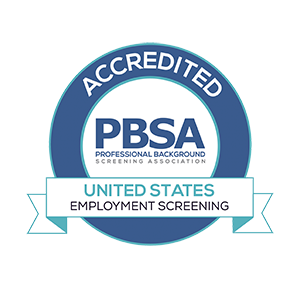Your IT department probably uses a concept of ‘principle of least privilege’. When it comes to desktop support, not every user should be an administrator. For example, general users get general access, while IT employees get more access to secured files and the operating system, and a designated administrator gets the largest set of permissions.
In essence, every user has the power they need to do their job only. This prevents accidental overwrites, unintentional data loss, and even purposeful snooping.
When it comes to background checks your department is running on job applicants, keep this same principle of least privilege in mind. Here’s why:
Your Team Doesn’t Need to Know Everything about Every Applicant
Some details about an applicant’s past don’t apply to the job they want to have. For example, the vast majority of credit checks that employers can run don’t include FICO scores. When you are evaluating someone for a position, that information isn’t a good basis for a hiring decision. It’s not even reliable shorthand for someone’s reliability or trustworthiness. So when it comes optional reports and additional details, make sure you need the information before you request it.
Integrate the Background Checking System with Your Secure Platform
Only the human resources department — and even then, only the recruiters and their managers — should be logging into the tools your company uses to make hiring decisions. Those tools contain access to a lot of personally identifiable information that even other employees shouldn’t have access to. The best ways to protect background check information is to make sure it can be accessed through those tools only. That’s why TruDiligence integrates with your other HR tools in a secure way.
Learn More about Principle of Least Privilege
Running background checks is part of running a business, and so is limiting access to the information. Contact us here at TruDiligence to get started.











Leave a Reply
Want to join the discussion?Feel free to contribute!